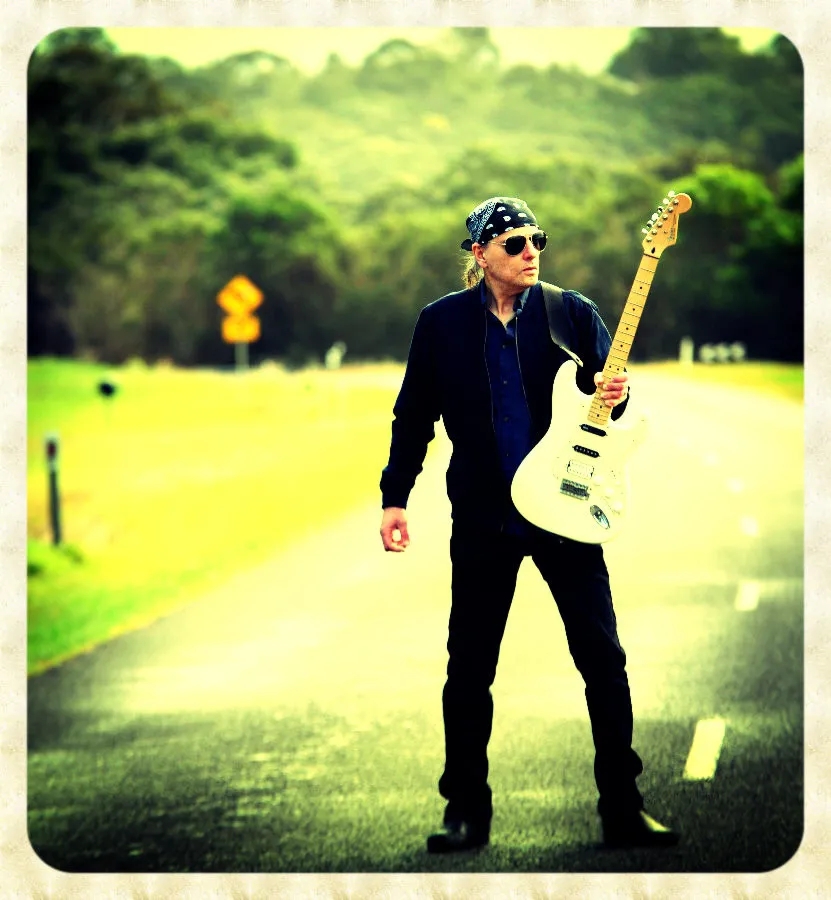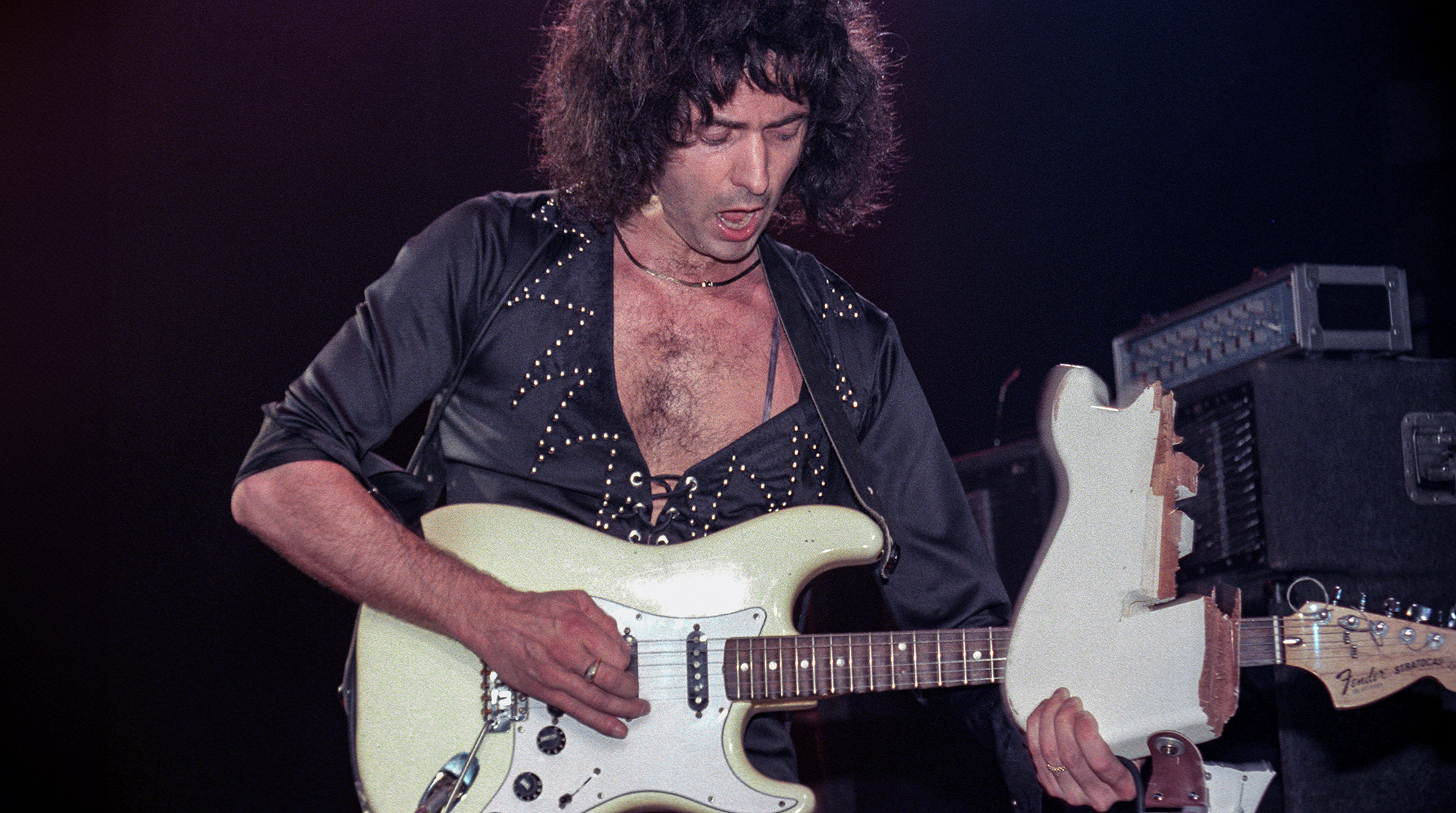“The stuff he did on Bowie’s ‘Heroes’ — he got that tone for us.” Blondie’s “secret weapon” on Robert Fripp’s contributions to their breakthrough album, and playing with Joan Jett and Iggy Pop
From bassist to lead guitarist, Frank Infante delivered what the group needed through its smash heyday
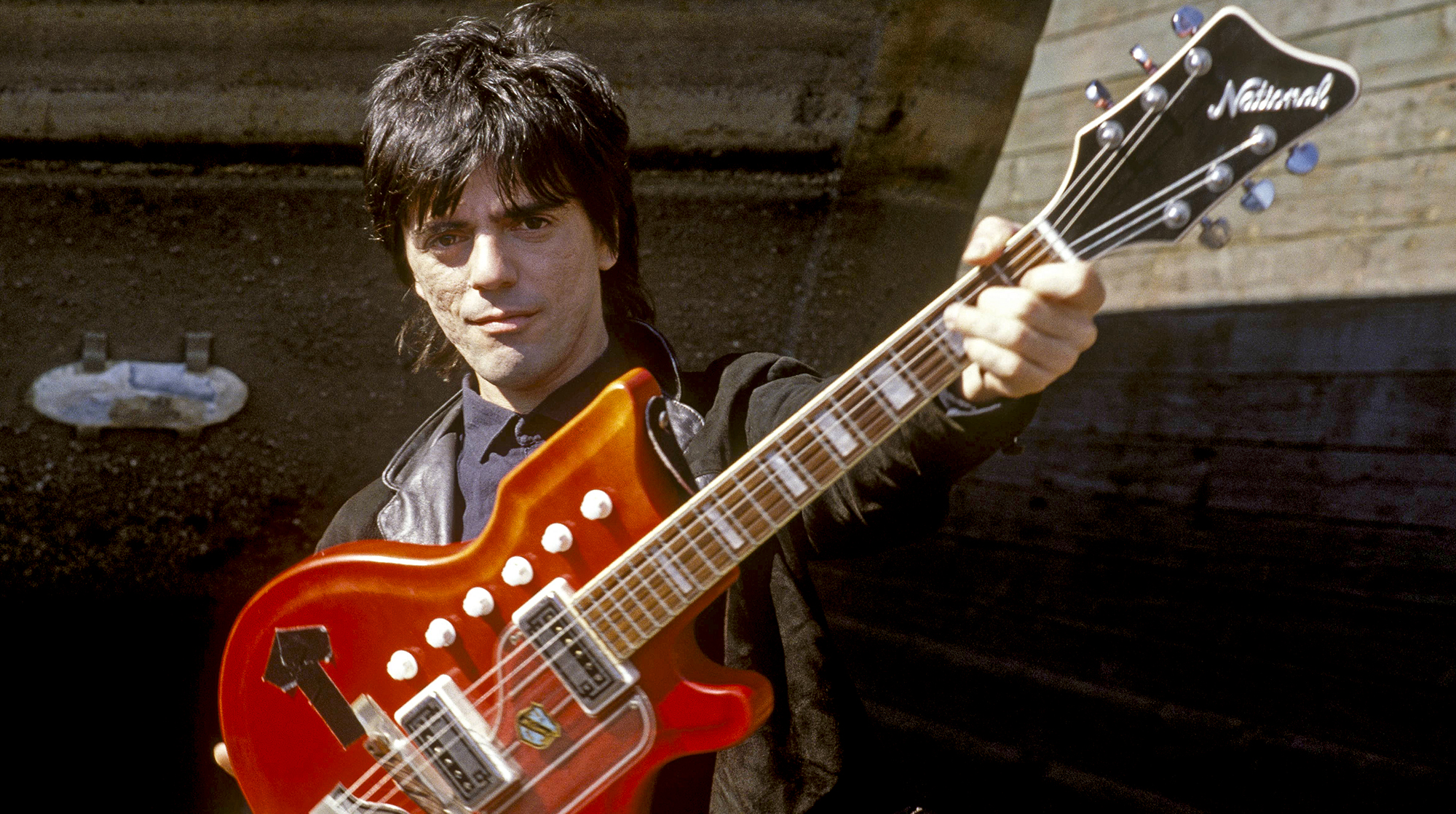
When new-wave group Blondie were in the middle of recording sessions for their second album, Plastic Letters, a change was in the air. The group had just lost original bass guitarist Gary Valentine, who played on their 1976 self-titled debut, leaving just singer Debbie Harry, guitarist Chris Stein, keyboardist Jimmy Destri and drummer Clem Burke. With Valentine out of the picture, the group brought in Jersey City–born guitarist Frank Infante to take over bass duties for the recording.
“I’d known Clem Burke before Blondie, then I met Debbie and Chris and I was hanging out with them on the scene, and going to the clubs,” Infante recalls today about his entry into the band. “Even when Gary was in the band, I would sit in with them on guitar even though I wasn’t actually in the band at that time.
“Then one day Clem called me and said Gary had left the band, and as they were in the middle of recording Plastic Letters, could I come down and play bass. It seemed like they might have wanted to change the direction of the band.”
Taking over bass-playing duties on the album, Infante transitioned into contributing electric guitar as well, where he became the group's secret weapon on countless iconic cuts.
“The first track we ever jammed on was ‘Cautious Lip’; I played guitar on it — it was just sort of an improvisational jam thing. Then I went into the studio and played bass and guitar. I used a Les Paul Triumph bass guitar and my ’68 goldtop and sunburst Les Paul Deluxe guitars. After the album was done, we started playing shows, and Jimmy, Chris and I would switch around playing bass.
“One day I walked into the Whisky a Go Go, where we were playing at the soundcheck and there is this guy onstage, Nigel Harrison, playing bass. I’m like, ‘What’s that all about?’ Nigel was now going to be the full-time bass player and I’m going to be playing guitar.”
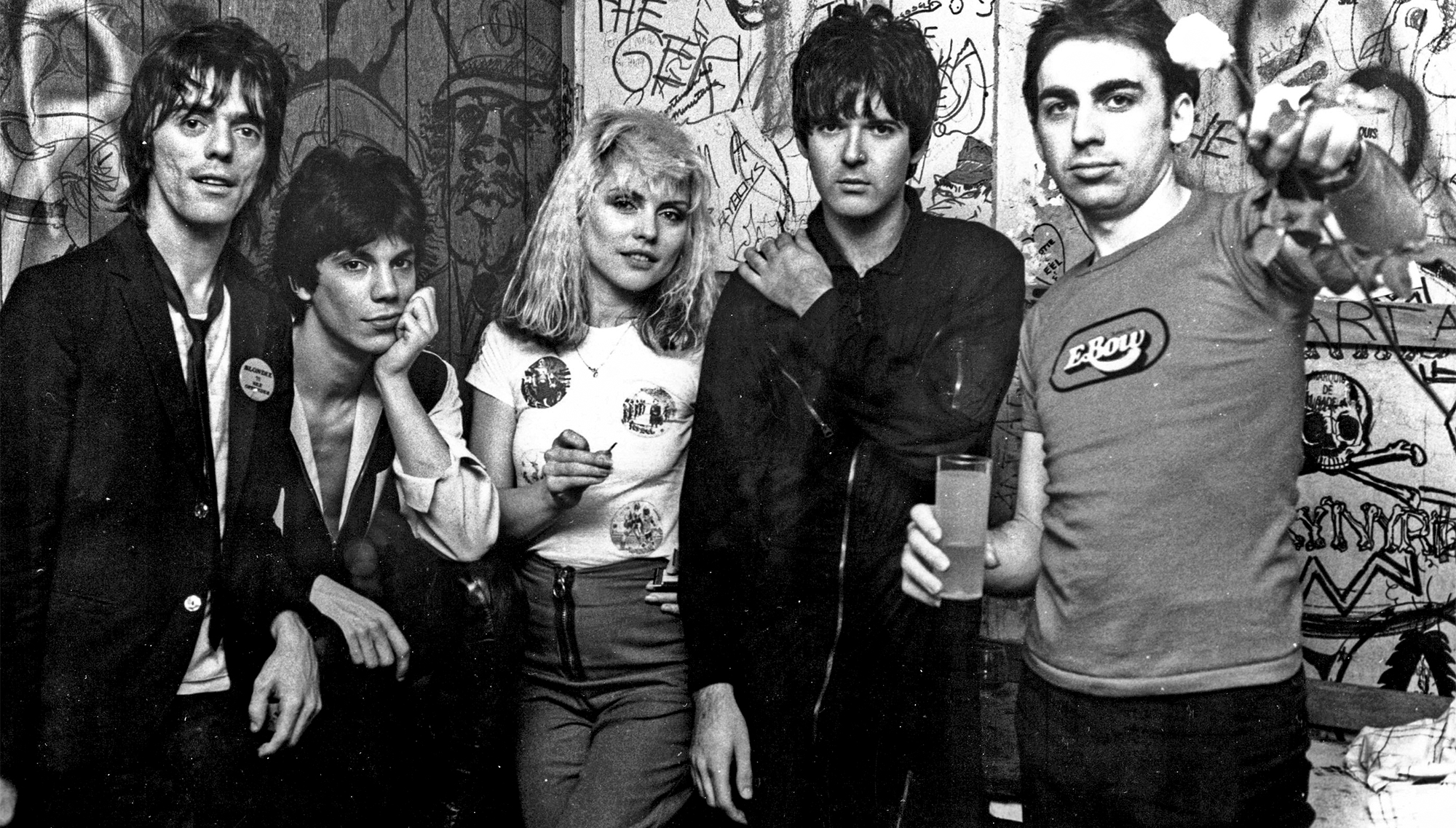
Having now moved to guitar full-time, and with the lineup solidified, the group entered the studio with hit-making producer Mike Chapman to record follow-up Parallel Lines, the album that would turn the group from New York scenesters to world-conquering pop stars.
All the latest guitar news, interviews, lessons, reviews, deals and more, direct to your inbox!
“Without Mike Chapman, there would be no Parallel Lines as we know it today,” Infante affirms. “He was essential to bringing it all together. On Plastic Letters, the producer Richard Gottehrer would let us do a few takes on the song, save them, and then pick the best one. Not that there’s anything wrong with that. The albums Richard did sound fantastic. Just a different approach.
“Chapman was more about going back to the beginning of the tape and doing it again and again. He was really into the meter with Clem’s drumming, because Clem would speed up a lot and the meter would be off.
“So Chapman was adamant about getting the meter right. There might’ve been some click track stuff going on, but he would be like, ‘You got to go back to the beginning of the tape and we’ll do it over again.’ And we would just keep going until we got it exactly right, and he’d be in the room with us counting out and tapping and directing it.”
Recordings typically began with Infante, Harrison, Burke and Destri.
“We would go into the rehearsal room with Chapman and get down the basic tracks and figure out how it was going to go,” Infante says. “Then we would bring it into the studio and record it, and everyone would put everything else on later. It was never really that the whole band was together playing at the same time.”
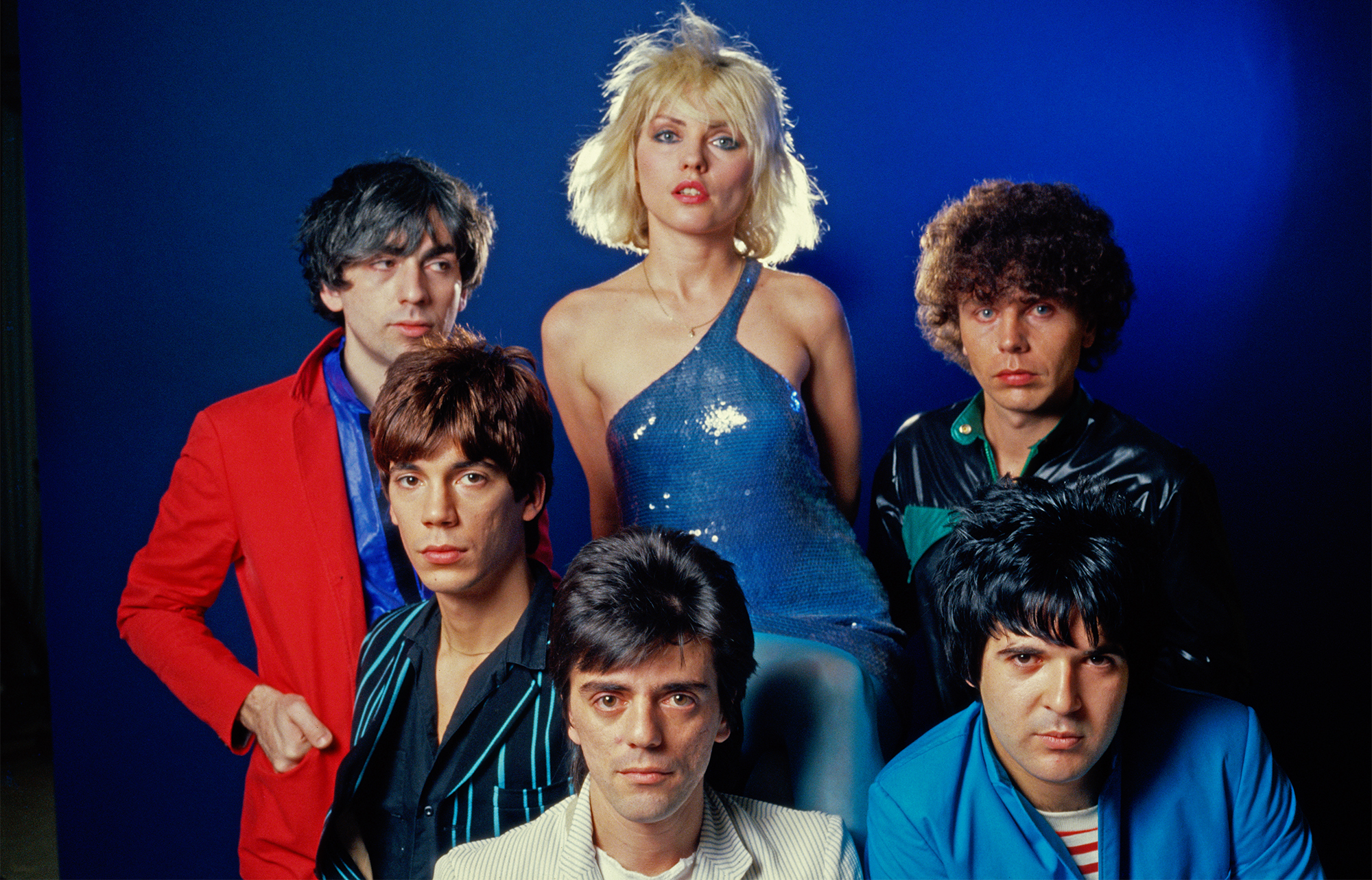
According to Chapman, Infante was the most musically adept of all the group members, and this showed in Infante’s work ethic and approach to recording in the studio. And when it came to gear, he was also particular about his guitar, choosing two of his favorite Gibson Les Pauls: the ’68 Gibson goldtop or his ’75 Deluxe flame-top.
“I bought the goldtop for $350, brand new, back in 1968,” he says. “I don’t remember how long I had it before I took all the gold paint off of it. I was not even thinking about it someday becoming vintage. I put this paint remover on the top of the gold top and it melted everything. I used to just trash that guitar. I used to throw it around, bang it. If you see it now, it looks like it went through hell. Most of the finish on the back is gone and I had to get new tuning knobs put on it.
“It originally had P90s, and they would be noisy, so somehow, we found a way to get rid of the noise by using a wire connected to the bridge so that it created a ground and you wouldn’t hear the noise. But at a certain point, I had to do something about it. So I got the humbuckers put in it, and they were okay, but the P90s sounded better to me. They have more of an edgy, gritty kind of sound. So eventually years later, I got the P90s put back in. I still use it and it’s one of my favorite guitars.
“And the flame-top Deluxe, I broke the neck on it twice while in Blondie. I just threw it up in the air and didn’t catch it. It’d be like the end of the song, and I just threw the guitar up and boom. I had it fixed and used it for many years after. Today it’s in the Rock and Roll Hall of Fame. As it had humbuckers and was thinner sounding, I used that guitar on ‘Heart of Glass.’”
As for amps he used on the album, Infante alternated between a Roland JC-120 Jazz Chorus, a Marshall Super Lead 100, a Marshall 50-watt combo and a Vox AC30. A Roland Chorus Echo and an MXR M102 Dyna Comp compressor completed his sonic arsenal.
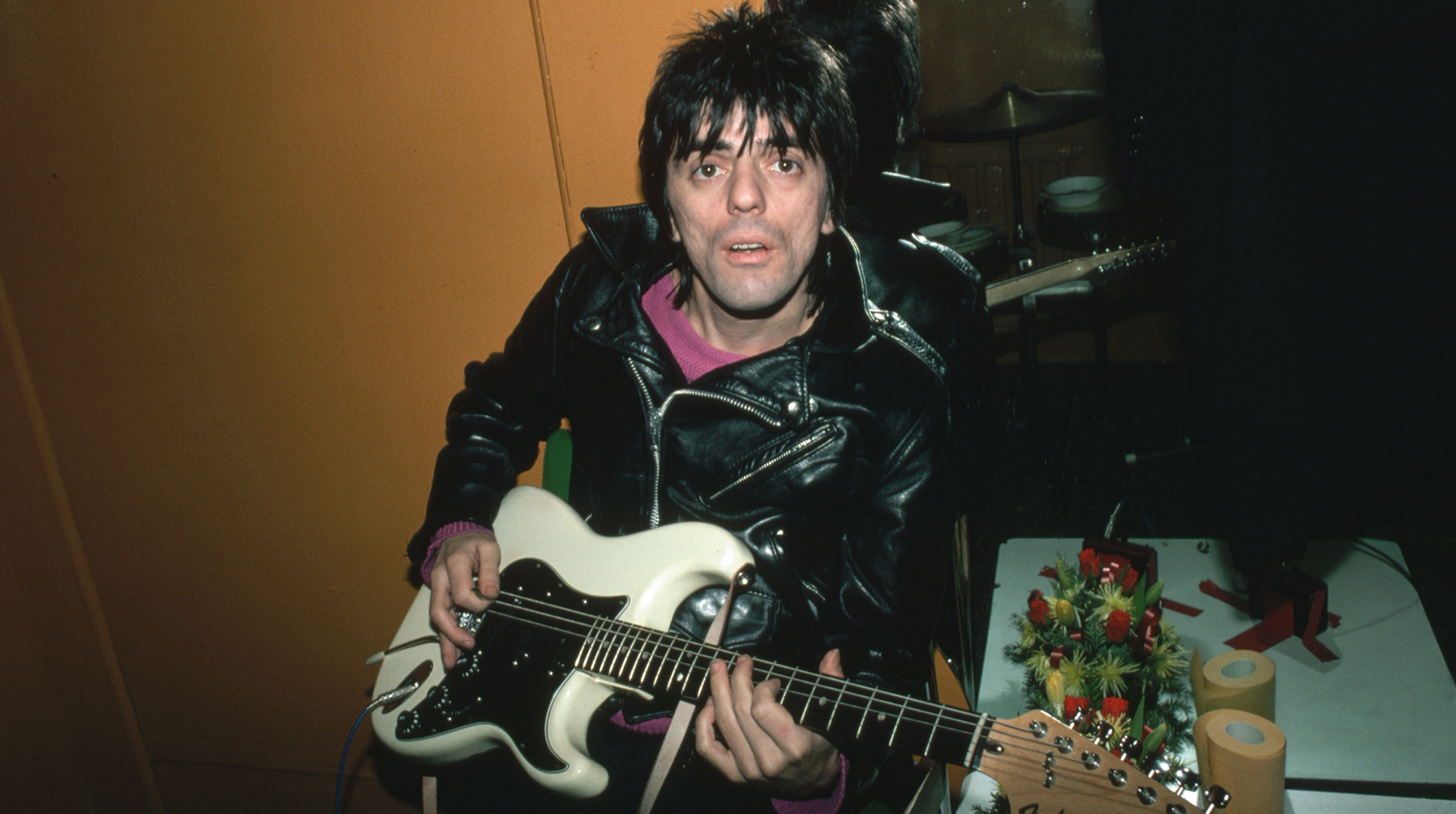
One of Infante’s most memorable Parallel Lines sessions was the day King Crimson guitarist Robert Fripp turned up to the studio to stamp his six-string stylings onto “Fade Away and Radiate.”
“He was a very cool, nice guy to work with and not like any kind of ego lunatic person,” he recalls. “The stuff he did on Bowie’s ‘Heroes’ — he got that tone for us. He was unique and just sounded like Robert Fripp.
“We jammed with him in the rehearsal room a few times, and later he sat in with us a couple times live. He is really intelligent in terms of his guitar approach. He just played along with the track and improvised. Which was how we all worked.”
Parallel Lines brought Blondie commercial success on a global scale, with the album reaching number six in the U.S. and the disco-tinged single “Heart of Glass” earning the group their first of four U.S. chart-toppers. The group’s follow-up, Eat to the Beat, which included the hit “Dreaming,” struggled to achieve similar U.S. success, although in the U.K. it continued the group’s successful run.
By the time Blondie entered the studio to record 1980’s Autoamerican — which would go on to score the group two more U.S. number ones in “The Tide Is High” and “Rapture” — band relations were at an all-time low. While recording sessions were chaotic, Infante still managed to put to tape a spontaneous and ferocious guitar solo on “Rapture.”
“At that point, I was sort of estranged from the group,” he says. “I went down to the studio but I didn’t know what I was going to be hearing or what I was going to be playing. Mike Chapman just played the track and said, ‘You’re going to come in here with the guitar solo.
“What’s interesting about that track is that Mike plays the rhythm guitar — that rhythmic chordal riff — while Chris is following the bass line on guitar. Mike had two B.C. Rich Warlocks — a six-string and a 10-string — before they were officially released. I used the six-string B.C. Rich and plugged it into a Marshall and did the solo in two takes.”
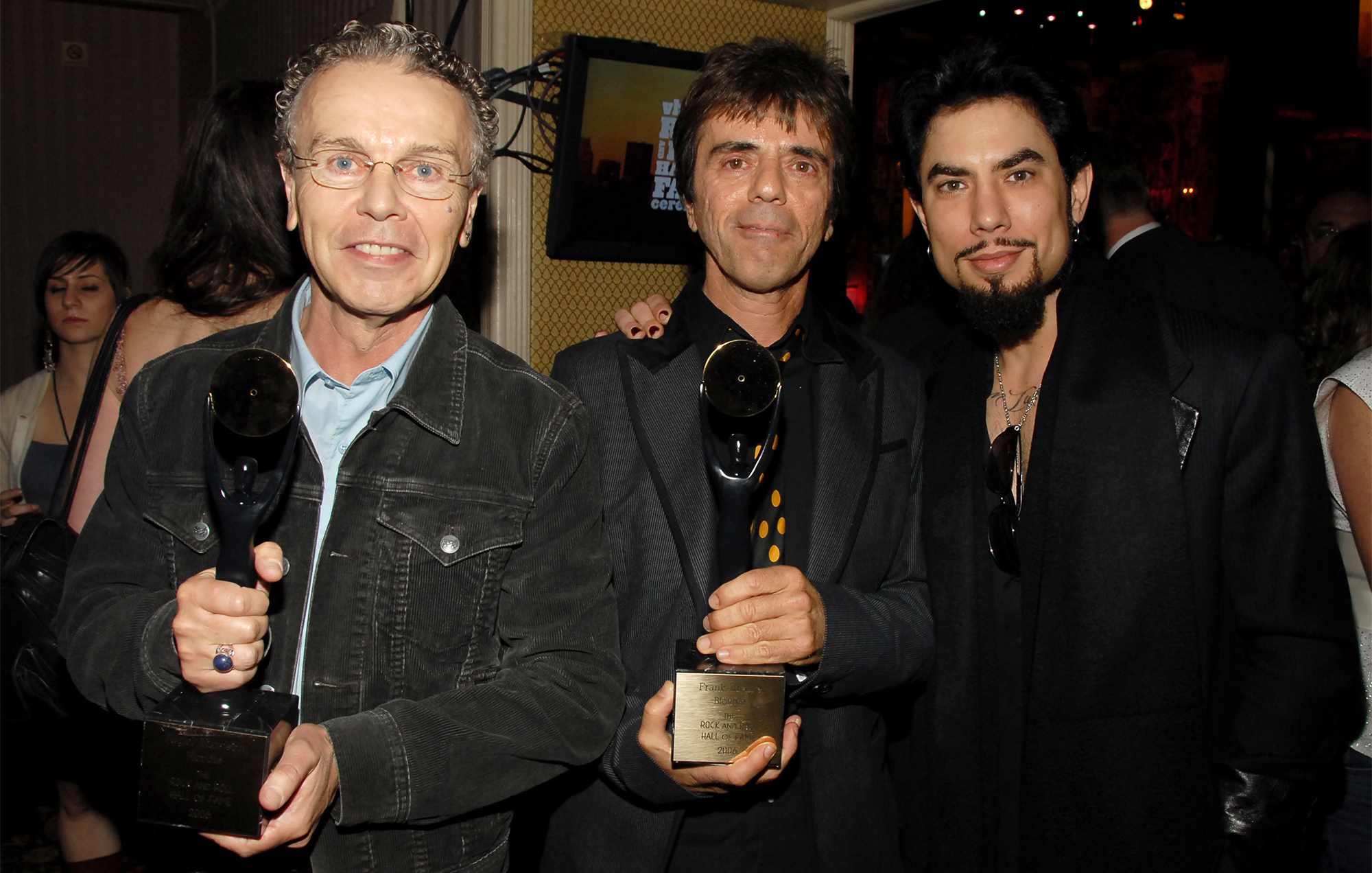
Infante’s guitar work soon came to the attention of Joan Jett, who invited him along to her Bad Reputation album recording sessions.
“I knew Joan before she was doing her solo thing,” Infante says. “And so, Blondie were in London and she was doing the Bad Reputation record and her manager Kenny Laguna called and said, ‘Come on down, we want you to play.’ So Clem and I ended up playing on two of the songs, ‘Wooly Bully’ and ‘Call Me Lightning.’”
In the ensuing decades and his split from Blondie, Infante kept busy as a touring guitarist for the likes of Iggy Pop and Australian rock group Divinyls, as well as fronting his own group Infante’s Inferno. In 2011, reformed ’70s glam-rockers the New York Dolls came calling and invited him into the group, where he contributed guitar to the group’s final studio album, Dancing Backward in High Heels.
Having chalked up 50 years in the business, and having experienced both the highs and lows, one particular performance stands out for Infante. “It was the first show I ever did with the Dolls, headlining the Rebellion Festival in England,” he says. “We never rehearsed for it. I met the drummer and bass player 15 minutes before we went onstage, and they didn’t know what was going on.
“So we’re on this stage in this gigantic hall, and the sound is bouncing all over the place. We were totally winging it, and I don’t know how we pulled it off, but somehow we did.”
Joe Matera is an Italian-Australian guitarist and music journalist who has spent the past two decades interviewing a who's who of the rock and metal world and written for Guitar World, Total Guitar, Rolling Stone, Goldmine, Sound On Sound, Classic Rock, Metal Hammer and many others. He is also a recording and performing musician and solo artist who has toured Europe on a regular basis and released several well-received albums including instrumental guitar rock outings through various European labels. Roxy Music's Phil Manzanera has called him "a great guitarist who knows what an electric guitar should sound like and plays a fluid pleasing style of rock." He's the author of two books, Backstage Pass; The Grit and the Glamour and Louder Than Words: Beyond the Backstage Pass.
